I have visited the British Museum in London many times. The first time was in 1988, a couple of months after I completed my undergraduate degree. I had taken two courses in Ancient History, another in Medieval Europe, as we called it back then, and I was was eager to see the museum’s “treasures.” I was an uncritical consumer, excited to see things that I had read about but could see nowhere else.
That was over thirty years ago. Now I am a more critical consumer of museums, so much so, that my family has to tell me to lighten up whenever we visit one. I am teaching my college’s Western Humanities course in England now, and we are based as a class in Oxford’s Lincoln College. Western Humanities, required of all students at Geneseo, began as a “Great Books” course taught over two semesters by a significant percentage of the faculty. Recently we pared that requirement down to one course, and faculty are slowly modifying the original menu of works they might assign.
I think the course is one of great value. And to understand more deeply what they are reading: Sophocles, Thucydides, Plato, Cicero, the Bible, Augustine, Aquinas, More, and Shakespeare’s Hamlet, we have arranged a number of excursions. On Friday we took in a performance of Measure for Measure by the Royal Shakespeare Company in Stratford-upon-Avon. I sent the students on their own to the Ashmolean, a minature version of the British Museum here in Oxford. And a week from Friday we will visit the British Museum in London.
I want the students to think critically about what they see there. I had no guidance when I went, but I would like them to explore how and why it was that they came to see these objects in London, and what, really, we can learn from them. I want the students to look at the museum’s collections and decide if they can see past the artifact to the actual people behind it. In the statuary, the religious items, the decorative arts, and the household objects on display, can the students arrive at a sense of what these people valued. From these items, collected and displayed, can the students arrive at an understanding of what these people considered good and bad, beautiful and loathsome, funny or boring? What did they view as heroic? Cowardly? What frightened them, or kept them up at night? What values did they see as worthy of emulation?
It is easy, I worry, for students to view a trip to the museum as an assignment where they are required to look at stuff, often for some vague set of reasons: because this is something that you should do, or because these are an important part of the students’ cultural inheritance, with which all the heirs of that tradition ought to be familiar. I agree with these statements, I suppose–how could I not–but there is more to it than that. Look for the people who made these things, who attempted to communicate or to evoke some feeling or response in those who saw their work. If history is the study of continuity and change, measured across time and space, in peoples, institutions, and cultures, the student’s human connection to those people far removed from them spatially and chronologically is an important part of the understanding we want to encourage. As I watched the thousands of people milling about, moving through the uncomfortably warm exhibit rooms, looking at everything a bit, I wonder what really do the hordes of tourists get out of this.
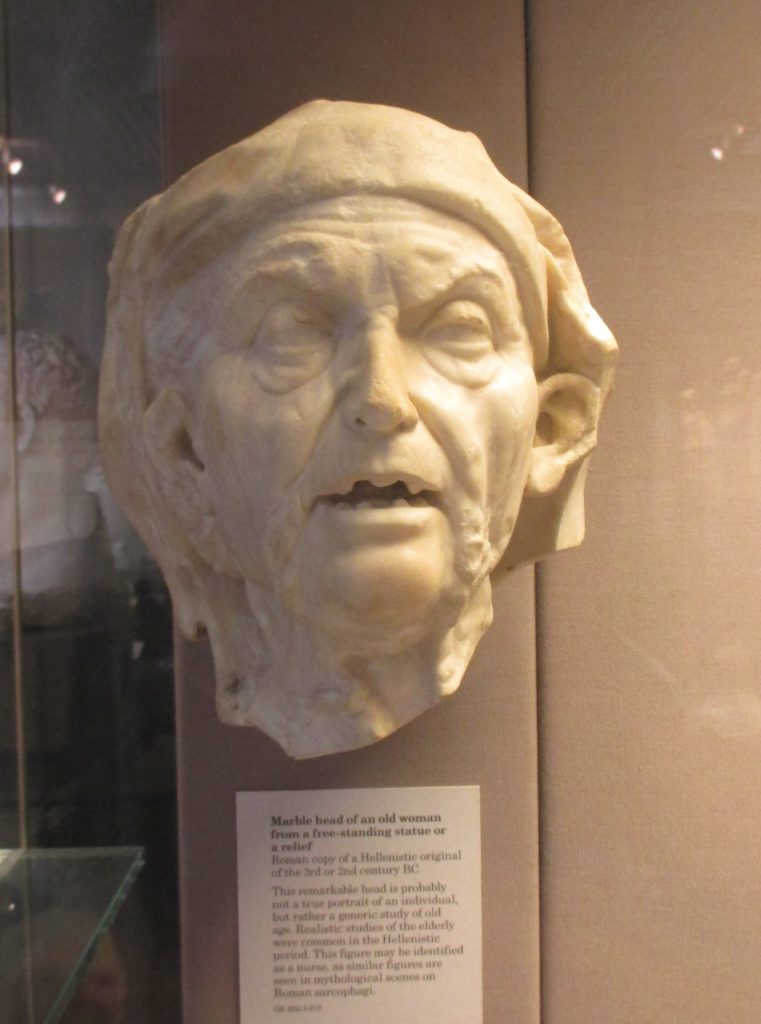
I want the students to think, as well, about why these objects are considered classic and significant. Who gets to decide? The British Museum’s “collections,” a word they use a lot, have a fraught history, to put it politely. The British Museum, in my view, has not adequately addressed how it came to amass such a large collection. Take, for instance, the famous “Elgin Marbles,” looted, according to some sources, from the Acropolis in Athens.
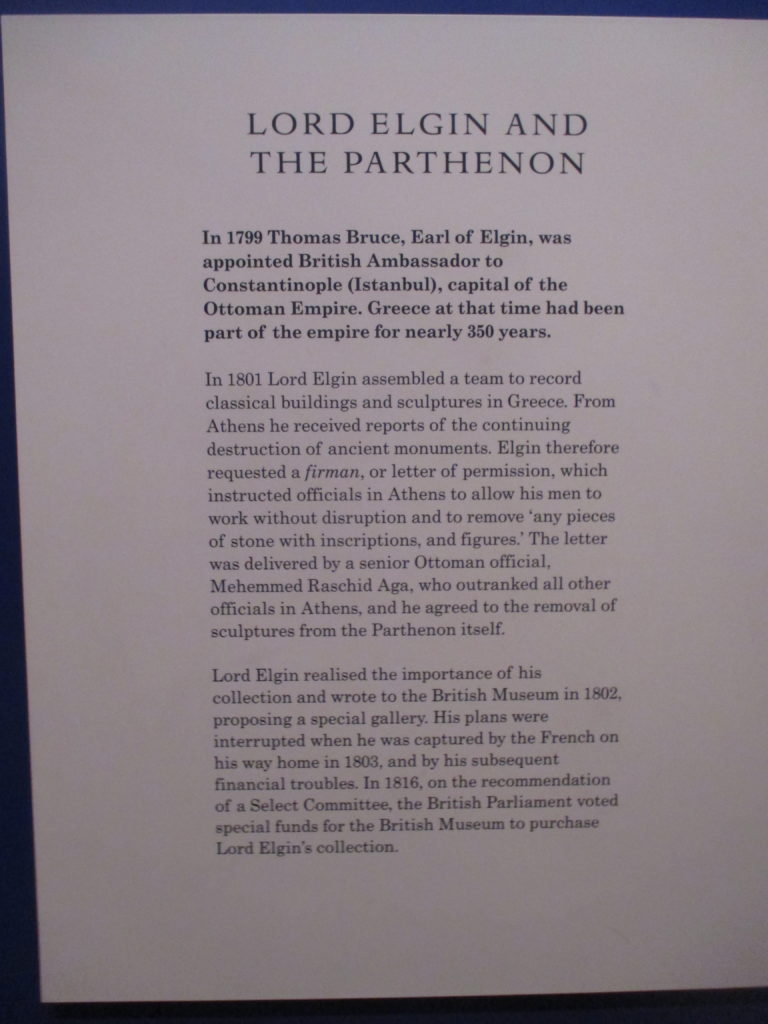
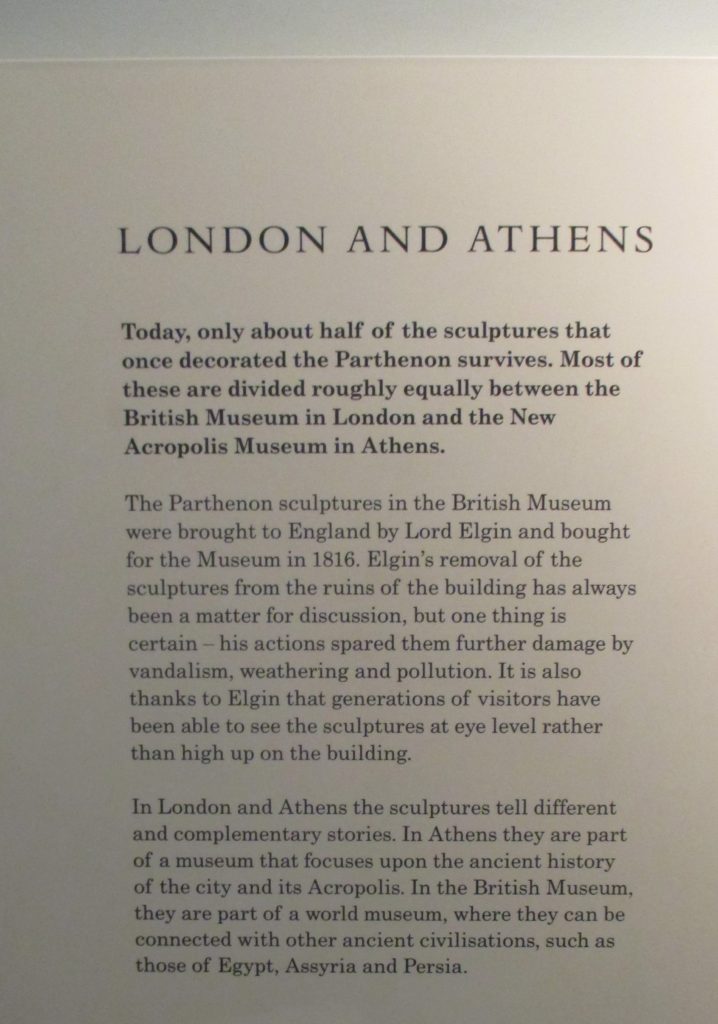
Other items, from other parts of the world, appear in displays with little information on how these objects arrived in London and what the descendants of those people whose culture is represented feel about this. How might various people talk back to the interpretive signs and displays that museum visitors see?
For instance, the British Museum has an “Enlightenment Gallery” that might just as well be called the “Colonialism and Empire” Gallery. As a history student, this room seduced me. I loved it. Old books like the shelves surrounding the room. Artifacts are placed on these shelves and in case around the room. Little remarked upon is the significance of these objects. What did they mean to the people to whom they originally belonged. Some of them were looted from graves, from collections around the world. There is no museum in Cairo or Athens where so large a collection of English treasures are housed. The English took these objects, and their curators will tell us what they mean. And if that requires presenting funerary objects and other items of sacred significance, it matters little.
It is unstated, but so clear when you think about it. What was yours, the British Museum says, is now ours, and we will decide what it means and its value. The Museum still says that whatever one thinks of Lord Elgin, his decision to snatch a large chunk of Athens’ cultural patrimony saved it from destruction, loss, and damage. We know better than you how to collect.
I do not follow the museum world as closely as I should, but I certainly am aware of a growing movement to “decolonize the museum.” If the British Museum is any indication, we have a long way to go.


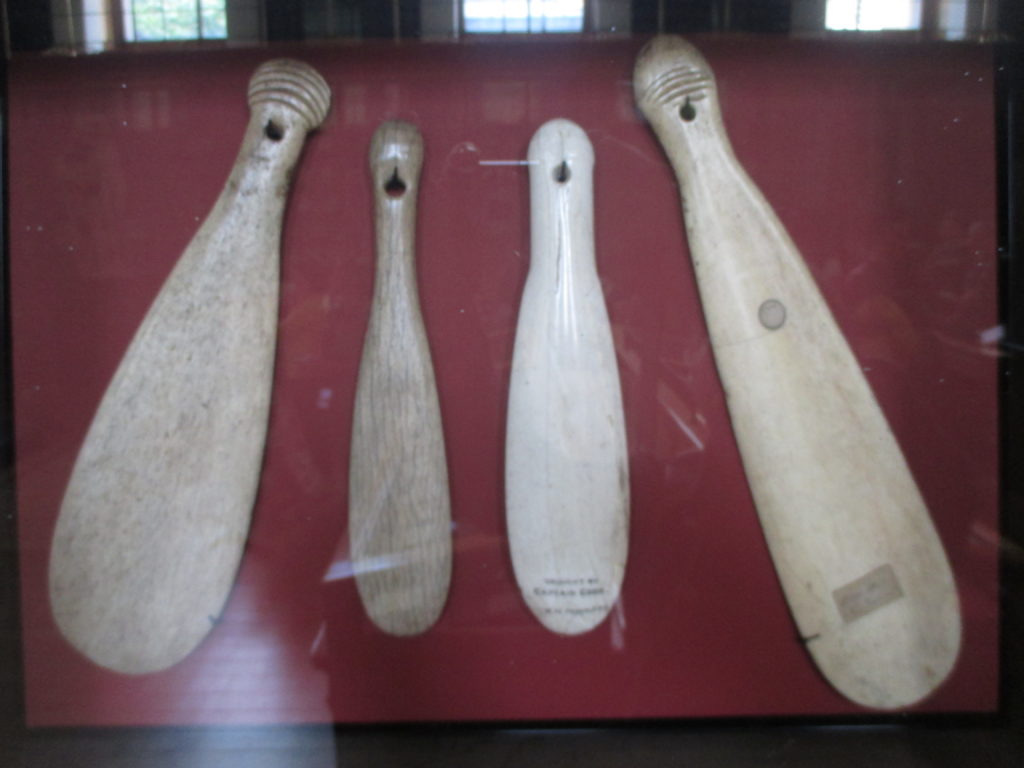
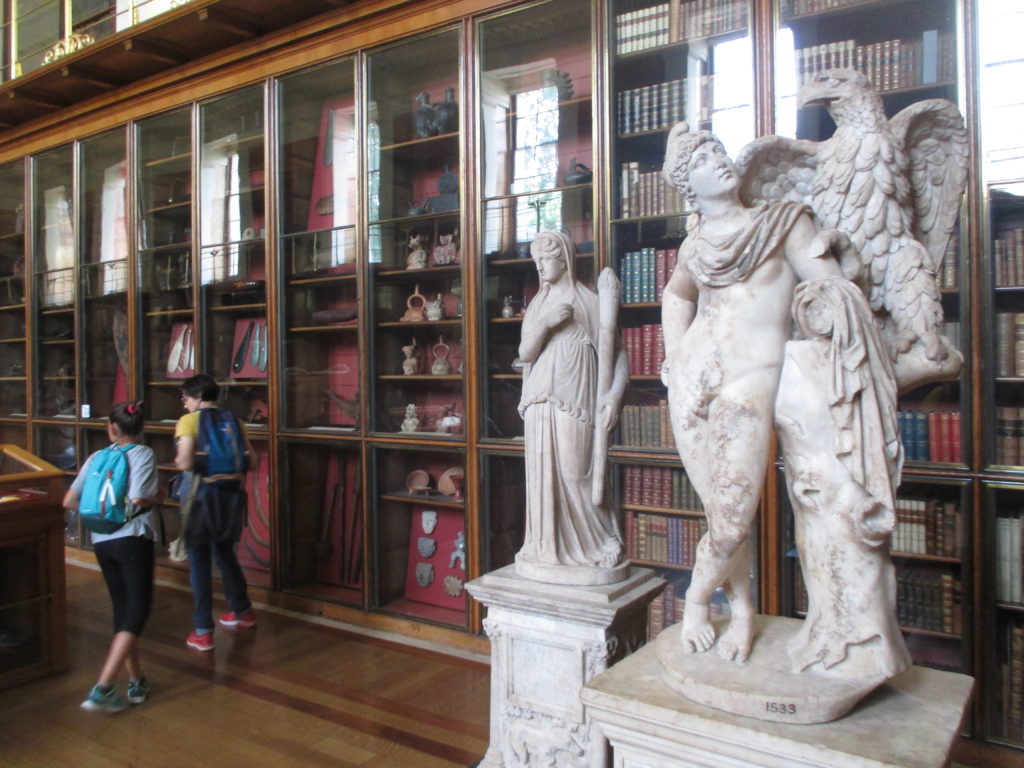
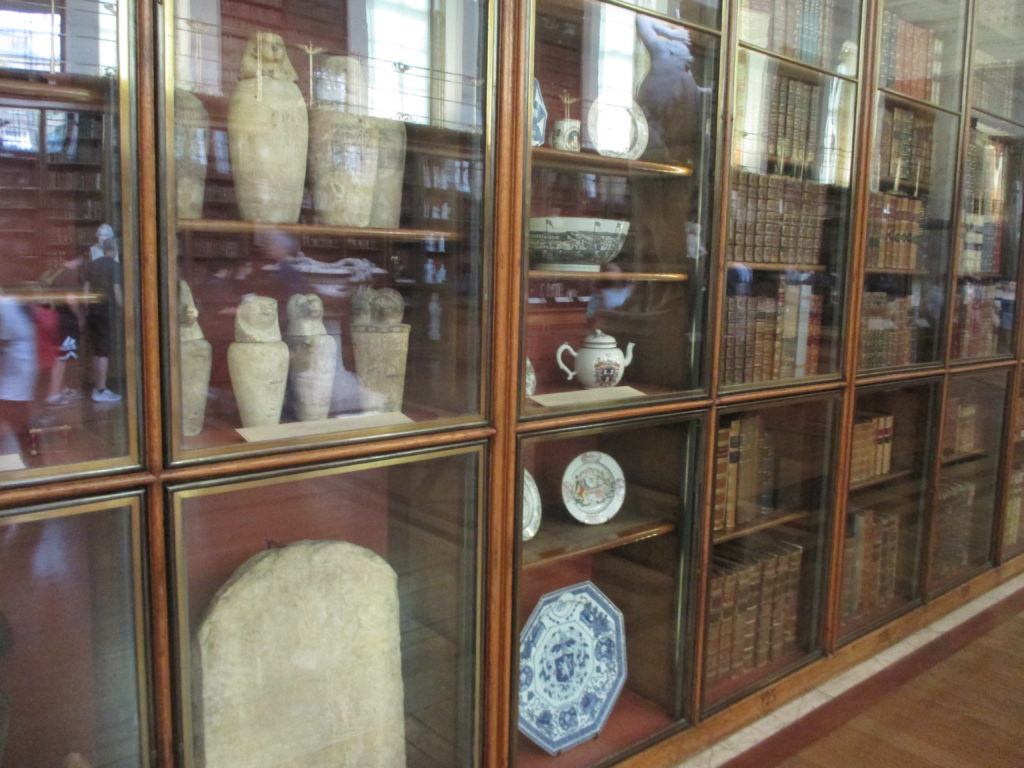

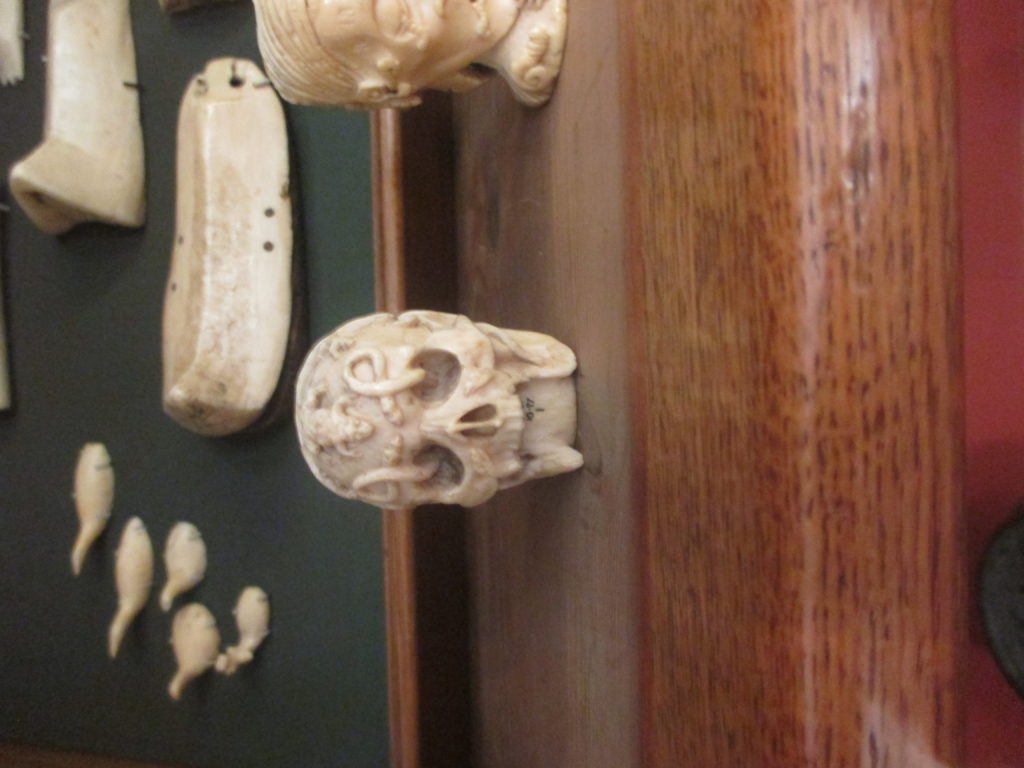
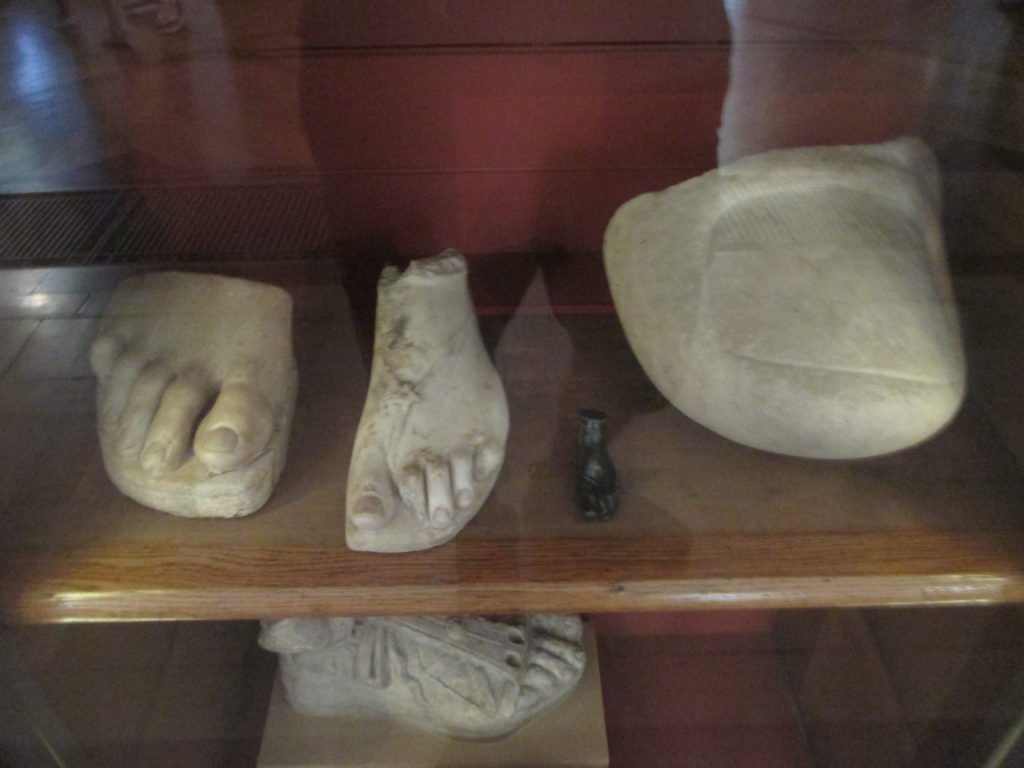
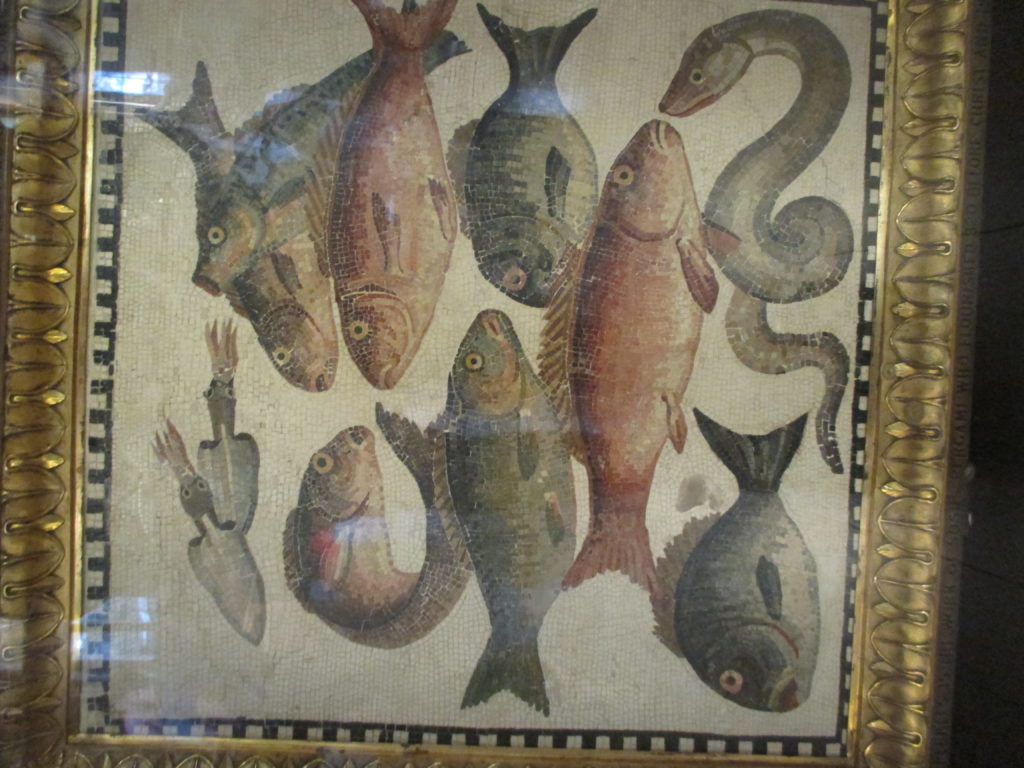
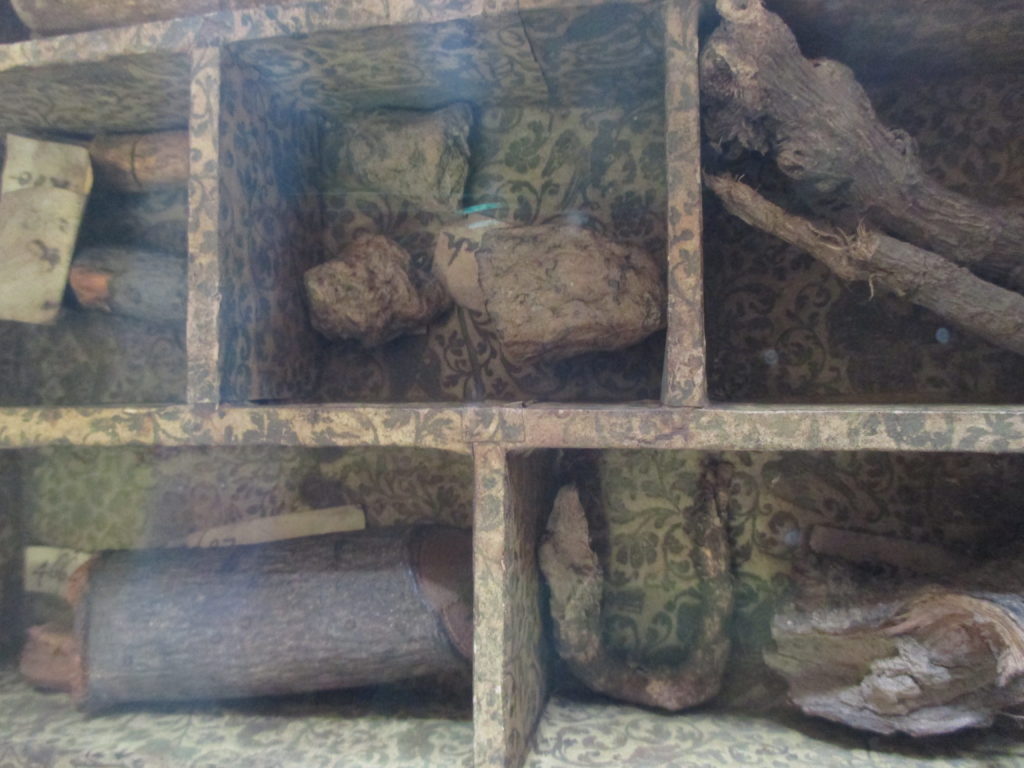

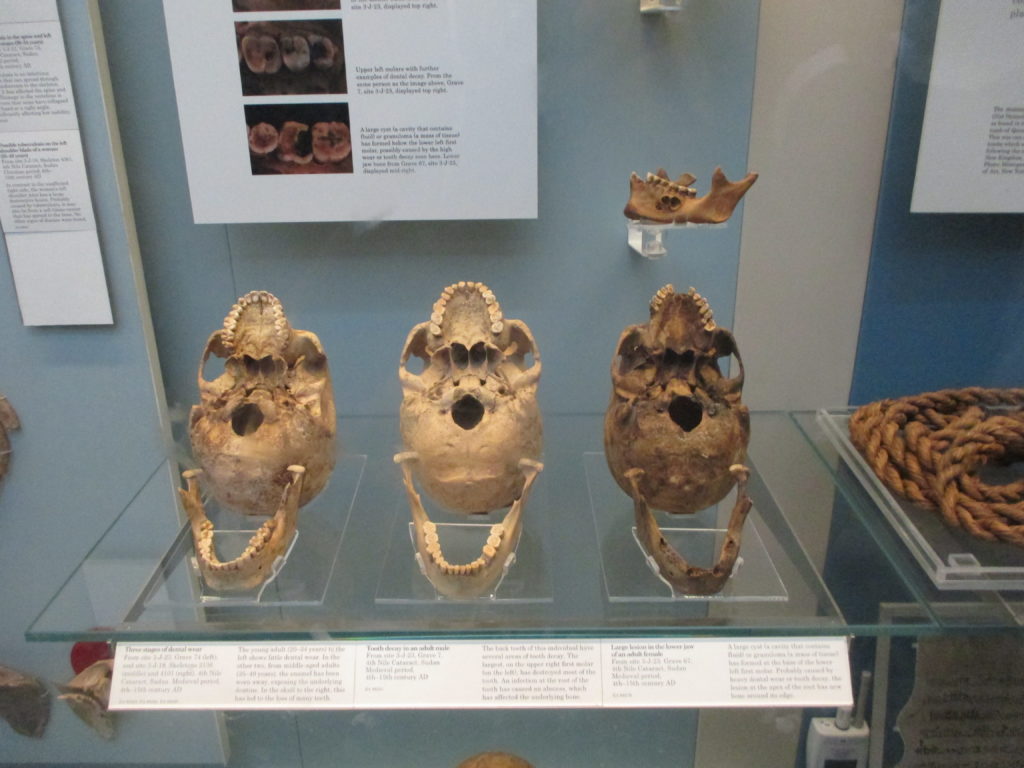
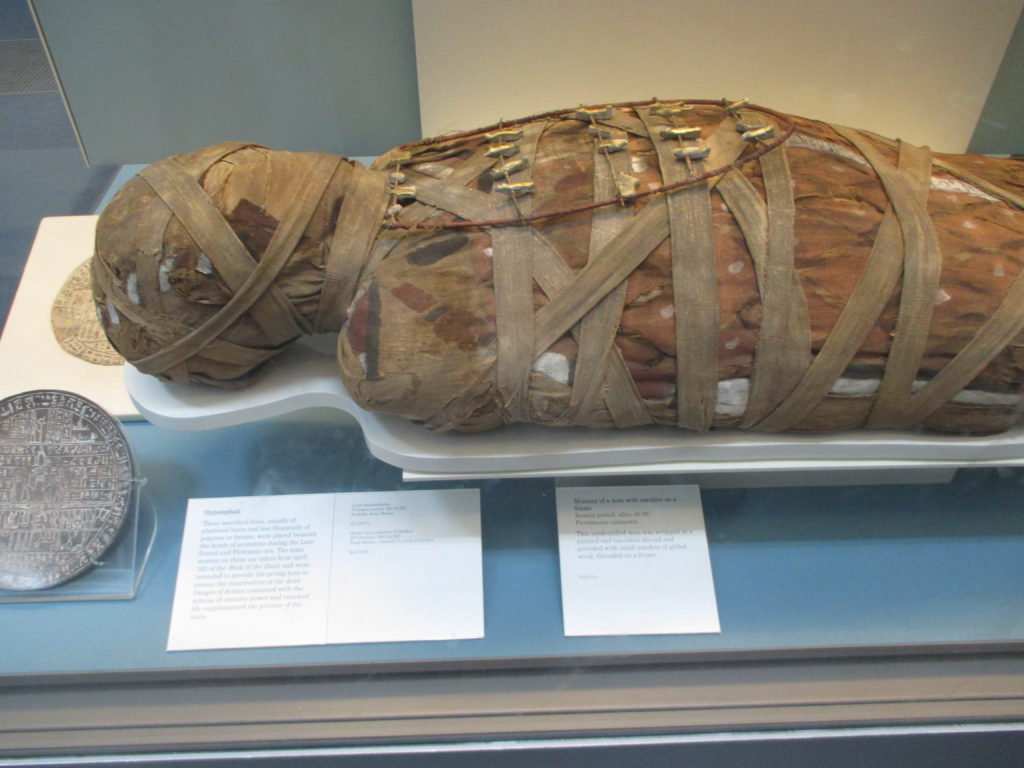
The students who are fortunate enough to be able to travel to other countries for a summer course such as Michael discusses in this article will come away with much more than a knowledge, soon forgotten, of the great writings of history. They will come away with visual experiences impressed upon their minds that will last a lifetime.
It has been almost fifty-five years since I toured the Acropolis in Athens and marveled at the remains of the Parthenon, the Porch of the Caryatids at the Erechtheion (including the copy of the statue stolen by Lord Elgin), Temple of Athena Nike (I still have a picture of me imitating Samson trying to push aside the columns of that temple), the Propylaia, and the museum. But what I have never forgotten was the bitterness of the Greek guide, after making sure we were not British, commenting over the pillage of the statuary from the Acropolis by Lord Elgin and the fight by Greece for the return of the so-called “Elgin Marbles.” She was passionate that these were Greek cultural treasures that belonged to Greece. Sadly, fifty-five years later, as was pointed out in Michael’s comments, Greece’s treasures are still in the London Museum.
I would be interested in hearing what the students say about who owns the “Elgin Marbles,” and if the British Museum is the appropriate place to view them.
This is a great comment, Jim. Thanks. I have heard that in Athens there still is space for the Elgin Marbles in the museum, awaiting their return.
I especially enjoyed this post. Next month, I will teach a class in Paris that uses historic sites as a way to frame questions of memory identity in modern Paris. I am trying to teach the class more as a public history class than as a trip down Paris’s memory lane. We will cover broad swaths of Parisian history from Roman baths to WWII Deportation Memorials. We’ve also managed to make meaningful a visit to the Marquis de Lafayette’s grave at Picpus Cemetery.
We’re asking students to think about what makes places historic and that varies depending on pre-national, national, and post-national interpretations. We’re also interested in the multiple meanings that places can have for different audiences. Notre Dame is a prime example, especially given the recent destructive fire. The French in general, and Parisians in particular, have rekindled, or remembered, their connection to that place.
In the end, I want them to value placemaking as something that shapes who we are as people.
Your post has sparked my desire to dig a little deeper into the places that we will visit.
Cheers!
That is a really exciting way to teach, Ed. I have thought about my own research, and how I could enrich a host of the classes I teach with sites in London and other parts of England. Have fun. I hope you will share how it went.